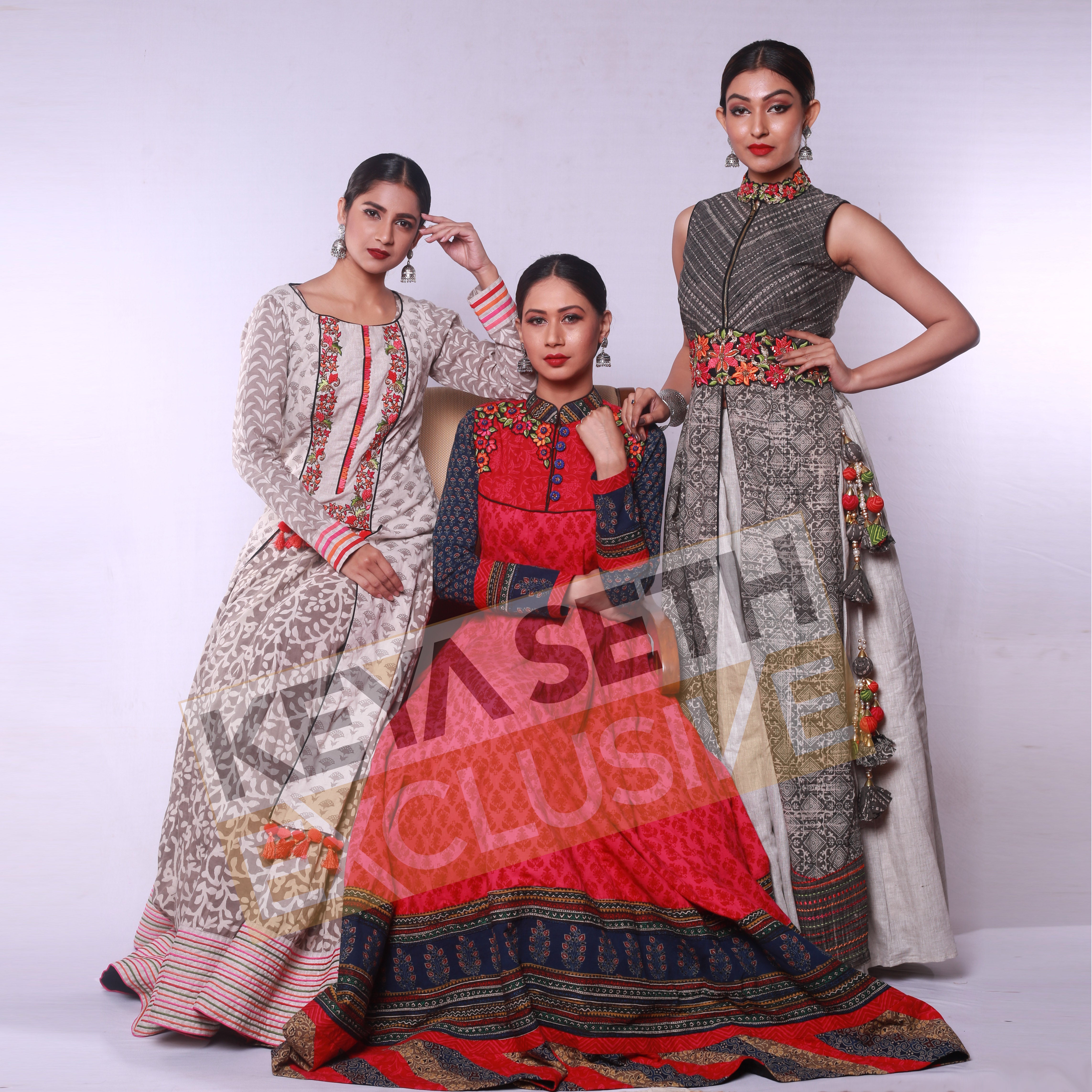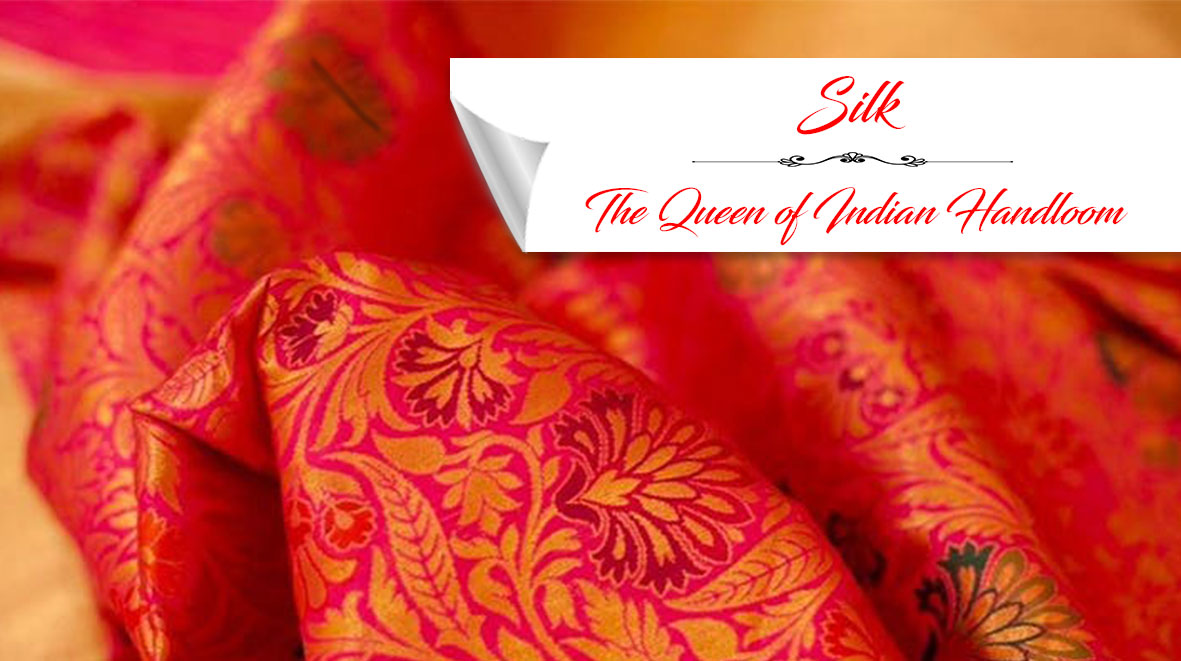
Linen sarees naturally carry an air of sophistication which makes them a preferred choice of the connoisseurs. Starting from the wardrobes of the celebrities to the closets of the professional women, linen sarees seem to have made their place in the heart of every lady with a taste. However, these light drapes are often heavy on the pocket & still they manage to enjoy huge demand. So, what makes even the simple looking linen sarees so expensive? Here we have the answer,

As you might already know, linen is made from the fibers of the flax plant & there are more than one factor that determines the quality & the price of a linen saree. When it comes to the quality of linen, the considerations are quite different than that of other textiles & this is something you need to understand to actually determine if your linen saree is worth the price?
The yarn count of Linen Saree

The count of yarn is usually the primary consideration while choosing fabrics. The higher the counts of the yarn, the thinner will be the gauze. However, when it comes to linen it is completely different because for this particular fabric the rank is determined according to its weight. The classification of linen is done according to its weight (in ounce) per yard. The lighter the saree in weight, the better is the quality.
Cultivation & harvesting process of the source fiber

There are also a number of factors during the cultivation & harvesting of flax that has a direct impact on the quality of the yarn & the fabric produced. Hand harvesting enables the production of longest fibers with the most desirable traits but the process is naturally more time intensive & expensive.

Whereas, mechanized harvesting results into shorter fibers, that produce fabric of lesser quality which might look similar to the untrained eyes.
The Spinning process

The spinning process also plays a prominent role in the final quality of the yarn & the resulting fabric. The fibers can be spun using wet, dry or semi-dry techniques. While wet spinning achieves the finest yarn, with best properties there is some considerable loss in quality of the yarn in case of dry spinning.
Percentage of linen in the fabric

Linen has no natural stretch which makes it quite difficult to weave on the loom & there is always a high risk of breaking the fiber during weaving. To overcome this issue, in most of the cases cotton, khadi, silk or even wool is mixed with linen to create fabrics that carry some quality of linen along with the traits of the other yarn mixed. Hence pure linen, that is weaved with only linen yarns in both the warp & weft are naturally expensive.
Characteristics of genuine linen

Best quality linens are soft, breathable & billow away from the body. They absorb moisture, gets dry quickly & lasts much longer than other natural fabrics. Linens are also known for their natural anti-microbial properties & ability to protect the skin from the harmful UV rays of Sun.

Sarees made from the best quality linen are regarded as investments because they can be used regularly by many generations without the loss of the look or feel. The more often it is worn & washed, the more softer & smoother it becomes.

Apart from the above, the design & work on the linen saree certainly adds to the total price. So, the next time you go out shopping for your favorite linen sarees keep the above points in mind & select the best linen saree like a pro.
Want to know how to take care of your favorite linen sarees? Stay tuned for our next blog.



